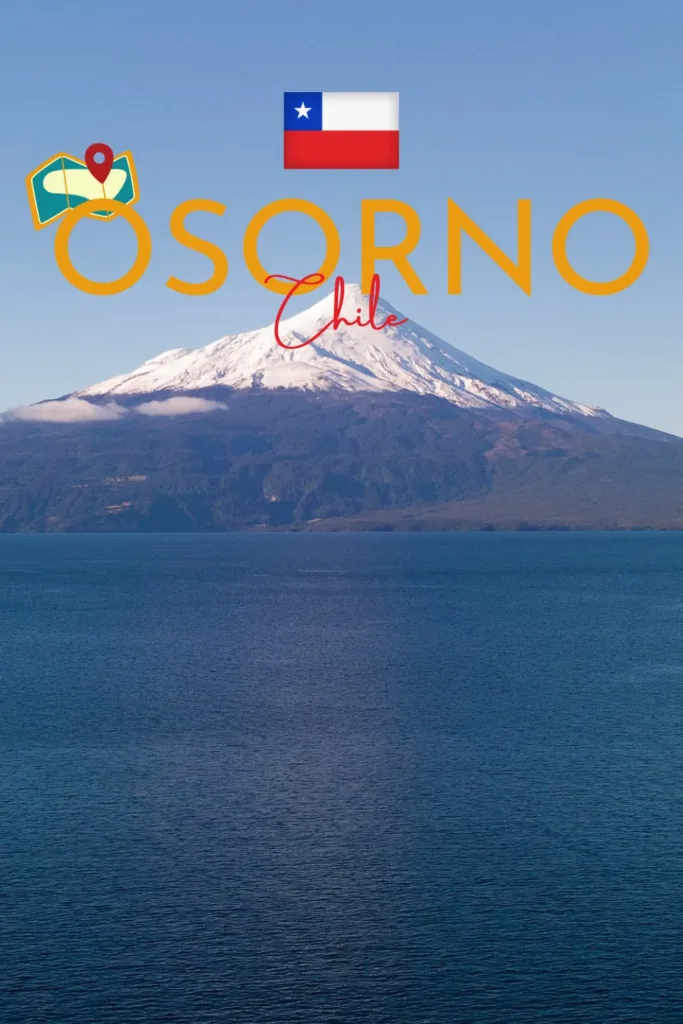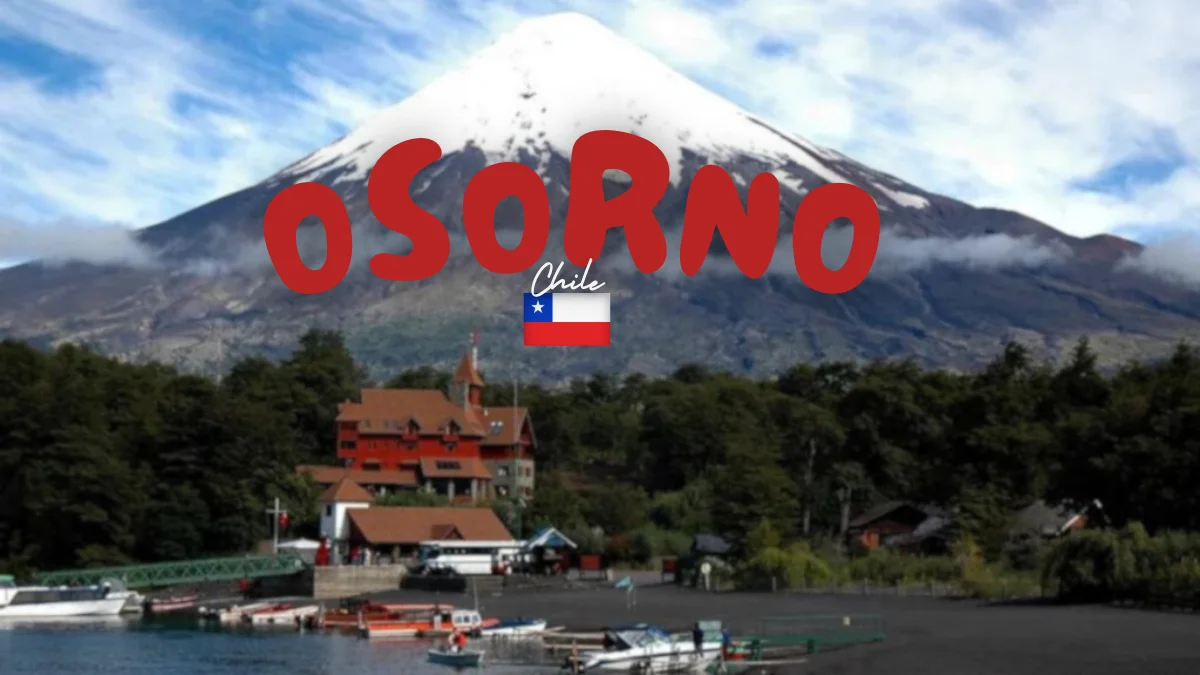Osorno
Osorno is a city and commune in the southern region of Chile and serves as the capital of Osorno Province within the Los Lagos Region. Osorno is known as Chauracavi in Mapuche.
Situated at the confluence of the Rahue and Damas Rivers, Osorno serves as the primary service centre for agriculture and cattle farming in the northern reaches of the Los Lagos Region.
Osorno serves as a gateway to numerous tourist attractions, among them, Puyehue National Park stands out as a significant draw.
Established in 1553 as Santa Marina de Gaete, the initial foundation proved unsuccessful. However, in 1558, García Hurtado de Mendoza refounded the settlement, naming it Ciudad de San Mateo de Osorno. In 1599, the settlement faced an attack by Araucanian Indians, leading to its devastation in 1602. Despite several unsuccessful attempts at repopulation, it was finally resettled in 1796, following the directive of Ambrosio O’Higgins, the father of Bernardo O’Higgins.
Brief History of Osorno
Before the arrival of Spanish colonizers, the Osorno region was inhabited by the indigenous Mapuche people.
The Spanish arrived in the Osorno area in the mid-16th century as part of their efforts to colonize and establish settlements in South America. The region became a frontier zone between the Spanish colonies and the Mapuche territories, leading to conflicts and struggles for control.
A city was initially founded in 1553 as Santa Marina de Gaete, however, this proved unsuccessful and on 27th of March 1558, Osorno was established by Spanish explorer and conquistador Don Garcia Hurtado de Mendoza.
The settlement was strategically located to serve as a military outpost and to facilitate communication between the southern territories and the rest of the Spanish colonies.
During the 16th century, Osorno evolved into a significant developmental hub through the clearance of lands previously covered by forests. These cleared lands played a crucial role in supplying food to the cities of Valdivia and Villarrica.
The pinnacle of Osorno’s expansion occurred with the arrival of German colonists in the mid-19th century. Their influx significantly shaped the cultural life and architecture of the city.
Osorno and its surrounding areas have faced challenges from natural disasters, including earthquakes and volcanic activity. The Osorno Volcano, a prominent landmark, has erupted in the past, impacting the local landscape.
Osorno Economy
Osorno plays an important role in the agricultural centre, with wheat, oats, Chilean horses, and cattle thriving in its fertile lands.
The city’s economic backbone is agriculture, particularly renowned for producing high-quality beef.
Osorno’s strategic location near the Cardenal Antonio Samoré Pass connects it to Bariloche, Argentina, serving as a vital artery linking the southern regions of Chile and Argentina. The pass, characterized by its low altitude through the Andes, remains open when other routes are blocked by snow.
Facts and Figures
| Name | Osorno |
| Named After | San Mateo de Osorno |
| Founded | 27th of March, 1558 |
| Total Area | 951.3 km2 |
| Elevation | 115 ft |
| Estimated Population | 139,550 |
| Official Website | https://www.municipalidadosorno.cl/ |


